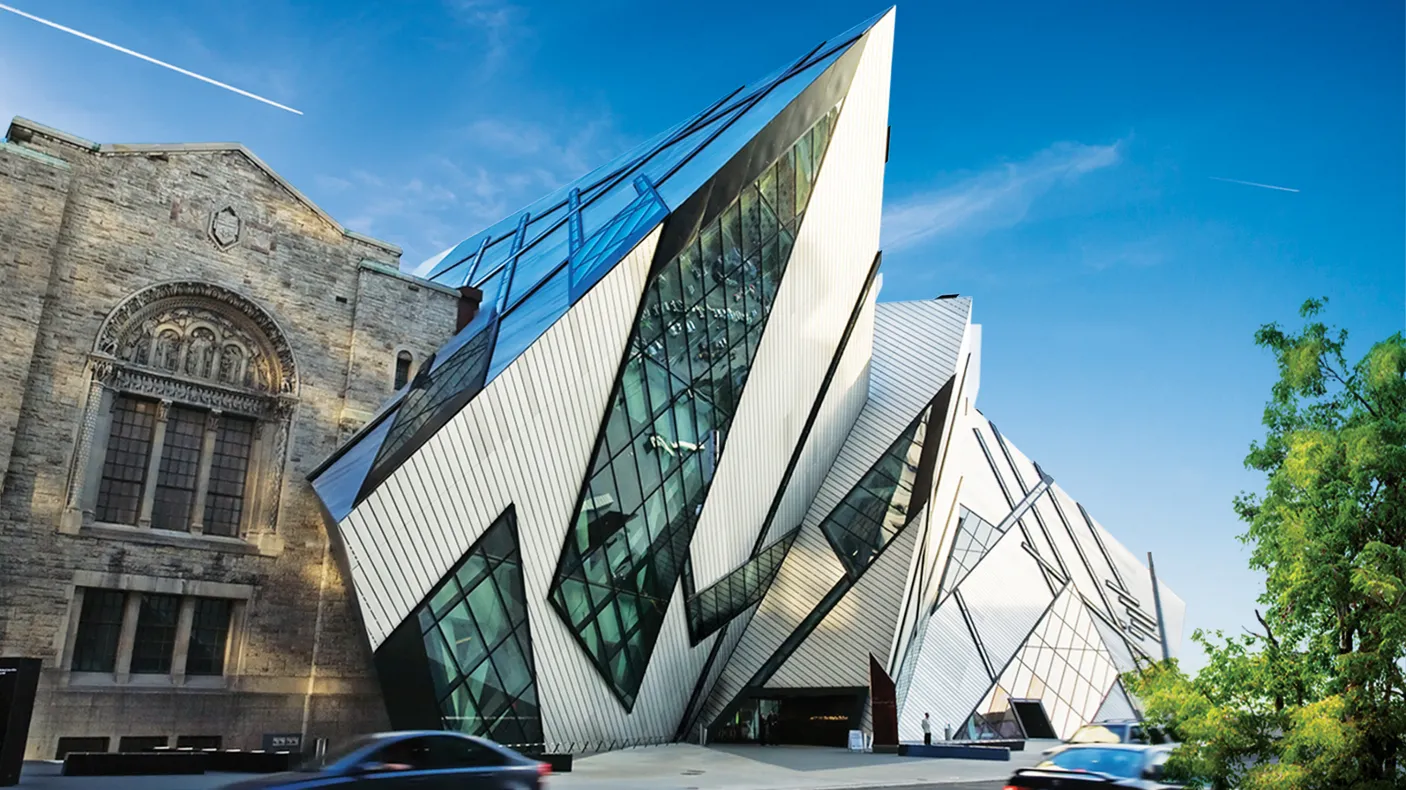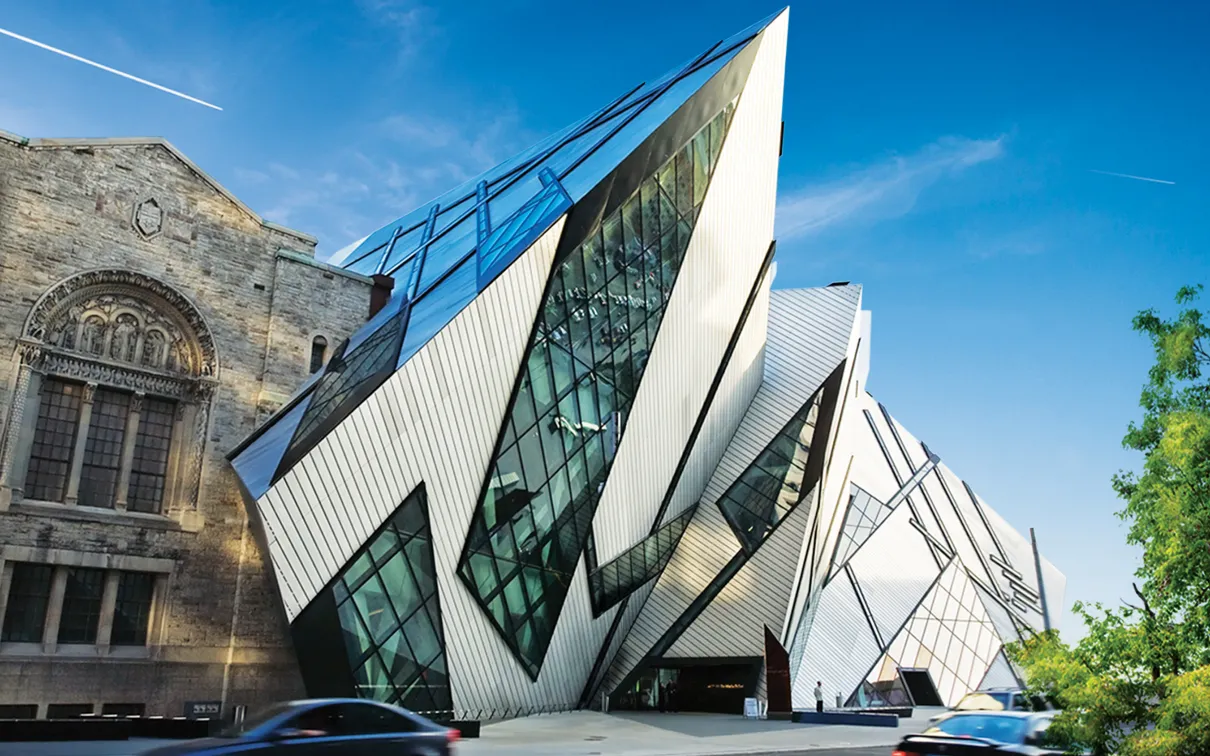Ben & Bruno’s Excellent Trilobite Adventure
Published
Categories
Author
Blog Post
Curatorial staff in attendance at the ROM’s popular bimonthly Rock, Gem, Mineral, Fossil, and Meteorite Identification Clinics are routinely treated to a fascinating array of objects brought in by an equally fascinating cross-section of our museum visitors. From very junior geologists clutching handfuls of precious beach pebbles, to life-long learners with carefully wrapped family heirloom jewelry, we see them all. But every once and a while something truly remarkable shows up, and the whole clinic erupts in a buzz of excitement - last April 17th was one of those magical occasions. With closing time for the clinic approaching, I was winding up a discussion with a visitor when I overheard Kevin Seymour, sitting to my left, exclaim, “Uh-oh, I think Dave should have a look at this.” He was furtively closing up an anonymous black nylon laptop bag and addressing his remarks to two young gentlemen who had just arrived on the scene. Now, at our ID clinics, an “uh-oh” can signify any number of things, so I wasn’t quite sure what to expect as Kevin shunted the bag and its mysterious contents along the table, and the somewhat reticent lads stepped over in front of me. Seconds later, everyone within a 20 metre radius must have heard a distinct “clunk” as my jaw hit the table, for nestled in that bag was a trilobite fossil … a very large and almost complete specimen of a trilobite that could only have come from the rocks exposed here in the Toronto area! It was, without doubt, the finest local specimen of Isotelus maximus that I had ever seen. As staff and visitors alike gathered around to see what the excitement was all about, I explained the significance of their find, and got the story of its discovery directly from Ben and Bruno – the now-grinning co-finders of this 445 million-year-old prize. Here, recounted in their own words, is how the tale played out:
How and where did you find the specimen? Did you know what it was when you found it?
Ben: It was the tail end of winter (March 2013) when Bruno and I decided to continue our explorations of the creek in our neighbourhood, which I had discovered a couple of years ago. Walking along the dried creek bed, which was covered in layers of shale, we came upon a waterfall. While attempting to cross it, I stepped on a large rock. I looked down (to check my footing) and saw that I had stepped right on top of a fossil.
I called Bruno over. He said, “That looks like a fossil!” And sure enough, we looked closer and could see the details of what looked like an overgrown beetle. It was amazing. We decided we needed to dig it up and show it to some experts.
We both had an idea of what it was as, I watched TV shows on paleontology and Bruno also could tell that it was a fossil of a real ancient creature. We didn’t know the proper name of the fossil.

What did you do after you found the specimen?
Bruno: I took the specimen home to keep it in a safe place. I called several universities to see if the paleontologists there would be interested in seeing the fossil and identifying it. When I said I was 14 years old, I was laughed at! They didn’t call me back. I even called David Suzuki but I’m not sure he got my message.
Then I called the ROM and they left a message about the fossil identification workshop that they were hosting in April (2013).
Ben and I went to the ROM workshop with the fossil in hand. When I took the specimen out of my carrying case, all the ROM staff who were there gathered around and took pictures. They said we found something really unique.
Were you surprised at the reaction the fossil created at the clinic?
Ben: Yes! We knew this was something special but we were surprised that we had discovered such a rare artefact, especially for this part of Ontario. We weren’t aware that we had discovered one of the largest and one of the most well preserved fossils in Ontario. We didn’t expect that type of reaction from the expert staff at the ROM. We were so glad we went there. This was a real big event for us.
Has this sparked your interest in paleontology?
Bruno: Yes, it has sparked my interest. In fact, I still go out and “hunt” for fossils in my neighbourhood, and I expect every time I see a creek, I’ll be wondering what’s hiding there.
Ben: I’ve always had an interest in dinosaurs and prehistoric animals. This just reinforces my interest.
If so, where do you think might take things from here?
Bruno: I know this will continue to be a hobby of mine.
Ben: I don’t know if I’ll be a paleontologist, but I’ll continue to study the natural sciences in high school.
The happy coda to this story is that Ben and Bruno decided on the spot that their splendid specimen should be donated to the Royal Ontario Museum. The process, of course, required that we work with the boys’ families to undertake the necessary paperwork, and on a pleasant afternoon in early May, Ben and his mom, and Bruno and his dad, assembled with Tricia Walker (the ROM’s Manager of Registration) and myself in the Invertebrate Palaeontology section to sign the gift forms. We followed up with a tour of the invertebrate fossil collections, and the boys went home with a small stack of palaeontology books, a ROM gift membership for a year, and the satisfaction of having their discovery housed in one of the world’s leading museums. Their specimen is now catalogued as ROM 62849 in the Invertebrate Palaeontology collections, and is earmarked for display in the planned Gallery of Early Life. Thank you, Ben and Bruno!



